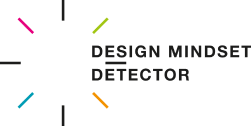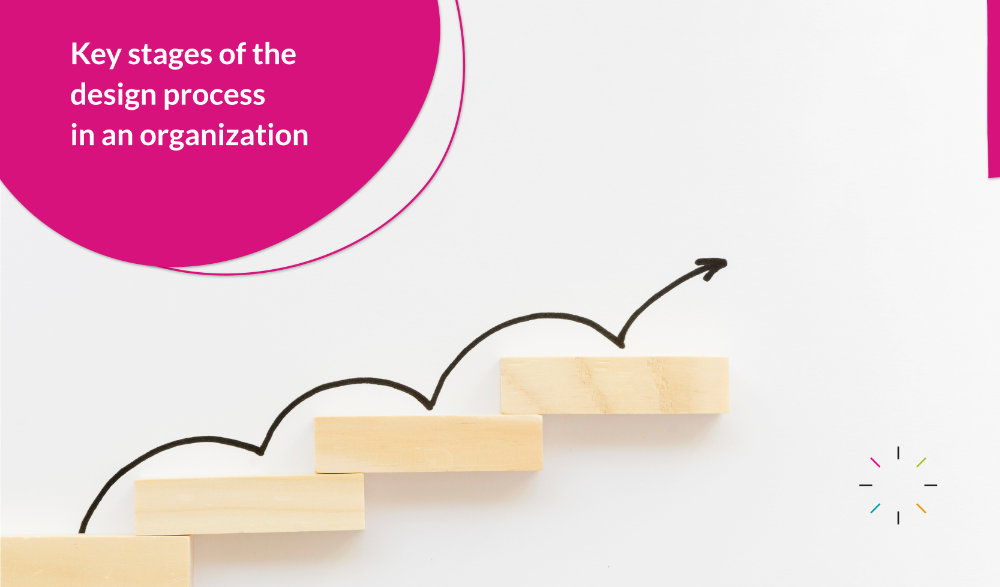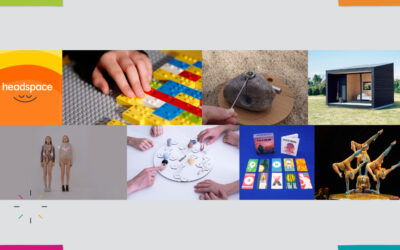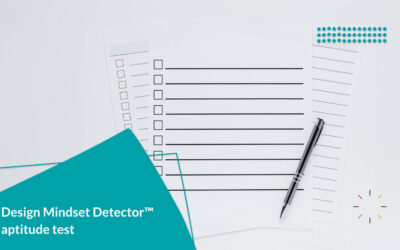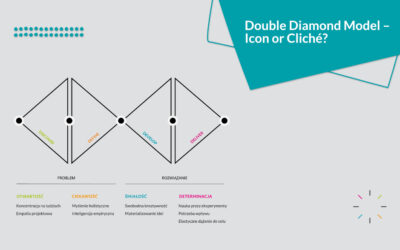The design process is a structured set of activities that allows for constant control, progress monitoring, and efficient use of resources while working on new functionality or a specific solution. The way it is conducted can have a significant impact on the subsequent success of the product or service introduced to the market.
Shortcuts
Both designers and clients for whom we create the solution should be involved in the design process. Why? The answer is simple: this way we know what steps to take and what to do to create a product/service that will meet user expectations and provide maximum satisfaction. So, what should a well-organized design process look like? More on this in the article below.
Also read: Design thinking – how to use it in business
Design process stages
Here are the most important design process stages that we believe should be remembered:
Goals and needs analysis
The first step in the design process is to clearly define the project goals and its scope. The information gathered at this stage forms the foundation for all subsequent actions. In the UX design process, it is crucial to answer a few questions. Here are some of them:
- Who is the product/service aimed at?
- What does the client want to achieve with my product/service?
- What benefits will the product/service bring to the user?
- Is there a gap in the market, and how could my product/service fill this gap?
- What are my limitations?
Goals and needs analysis helps to better organize further actions and divide the work among specific teams.
User needs research and competitive analysis
The next stage is user needs research, which allows us to better understand the motivations and expectations of potential users of our product/service. Properly selected research methods and the results obtained through them allow us to create a persona, the model of an ideal client – the future user of our solution.
Besides user needs research, it is also worth analyzing the market to see what solutions the competition offers, what we can draw inspiration from, and what new elements we can add.
Creative work – creating and selecting solutions
The next stage of the design process is creative work, which involves generating as many ideas and solutions as possible. Then, considering both our capabilities and limitations (e.g., technical/financial), we try to choose the most optimal concept that can be implemented at the given moment.
Solution design and usability testing
After going through all the above stages, it is time for activities related to designing the chosen solution and testing it. Usability testing allows us to check whether the introduced functionality works, is understandable to our users, and what else we can do to improve it. The time we spend on designing our solution is also a good moment to develop the information architecture and user experience map.
Mockup, presentation of mockups and prototypes, and their implementation
If everything works as it should after the conducted tests and we do not plan to introduce any more changes, we can move on to the next stage in the UX process, which is mockup (also known as User Interface design).
After its completion, there is a presentation of prototypes, during which we present the results of our work to the client. If the proposed solution meets their expectations and has successfully passed all tests, it is directed for implementation. If not and requires corrections, it returns to the mockup stage.
Verifying goal achievement and further product/service development
In this step, by comparing the initial data with the data collected after implementing the chosen solution, we check how well the goals we set at the beginning of the project have been achieved.
In conclusion, it is also worth remembering that the fact that the product/service has reached the users does not mean that we can forget about it. It is our responsibility to continuously monitor the proposed solution so that we know what modifications to make in the future to better serve the users.
Also read: Building a design team – how to do it effectively?
Design process – road to success?
Above, we discussed what we believe are the key design process stages. However, it is important to remember that it can be extremely dynamic and may vary, for example, depending on the industry. Therefore, in the design process, besides precise planning of each step and progress monitoring, flexible approach and the ability to adapt to changing conditions and needs are essential.
“`
